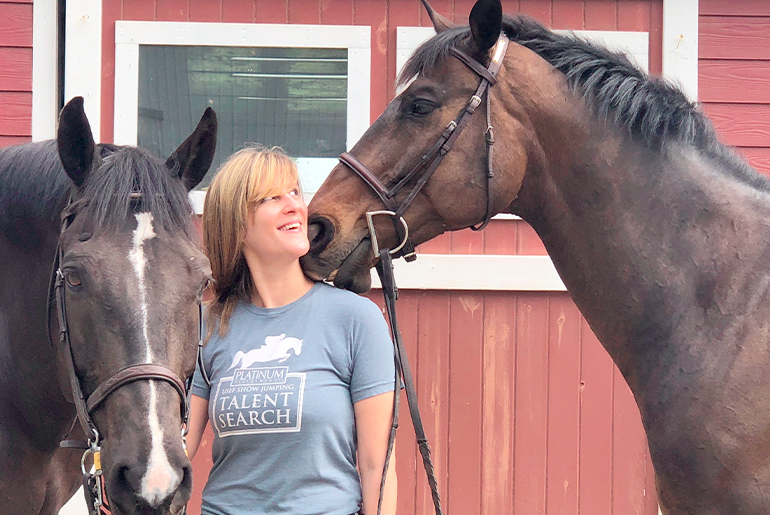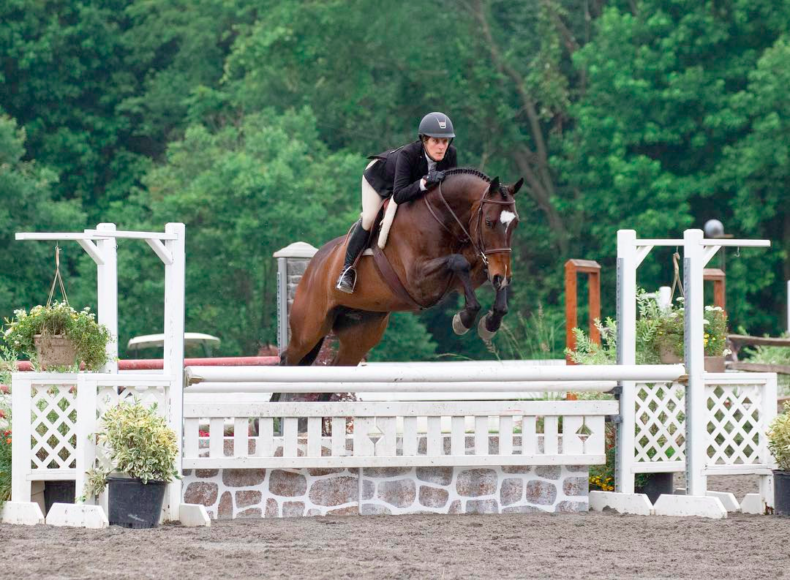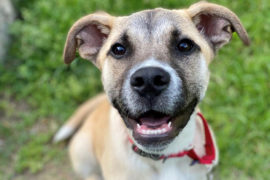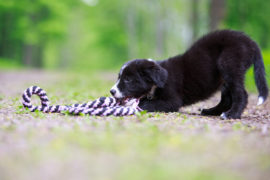It’s rare that a reporter becomes part of the story she’s covering. But that is precisely what happened to Sarah Maslin Nir in March 2020.
A 10-year staff reporter for The New York Times whose beat is the metro area, Nir has covered everything from Gizmo, the runaway Bedford Corners llama, to the 2015 murder of North Salem socialite Lois Colley. So when New Rochelle became ground zero for the novel coronavirus in the eastern United States, she knew it wasn’t just “a foreign thing.”
She got in her car and drove up from Manhattan to cover what has been the story of the young century. About a week later as New York state went into lockdown, Nir developed symptoms of what would become known as Covid-19. While she didn’t have the respiratory infection that was the initial signature of the virus, she lost her senses of taste and smell and could not distinguish hot from cold. Though she tried to work, she says, “My iPhone said, ‘You’ve taken 52 steps this week.’ I could not stand up.”
Sick for three weeks, Nir went on to make a full recovery. She says she is grateful to have been spared both the worst of the virus — and the anxiety of wondering if she would get it. Knowing what she does now, Nir nonetheless says, “I’d do it again.” What she learned was that “there were no grownups in the room.” The crisis’ leadership vacuum, she adds, meant that it was left to news organizations like The New York Times to provide crucial information to the public as it unfolded.
As with 9/11, Covid-19 may prove one of journalism’s finest hours.
‘Party girl’
A graduate of Columbia University and its Graduate School of Journalism, Nir was lucky to start her full-time career with The Times, though plucky might be a better word. She paid her dues freelancing and writing the paper’s nightlife column.
“I covered 252 parties in 18 months,” she says, for which she received $50 a column. She may have been a Times columnist but she made $5,000 a year, working in restaurants to supplement that income.
Her perseverance paid off: Two years later, Nir became a full-time staffer, which has taken her from West Africa to Alaska, from post-earthquake Haiti to wildfire-scorched California. Her 2016 investigation into the exploitative, racist practices of New York City’s nail salons, “Unvarnished,” was a finalist for the Pulitzer Prize in Local Reporting that resulted in changes to the industry. But as she traveled the world for her career, Nir sought out her other passion, one she says, “I kept secret for many years, because I thought I wouldn’t be taken seriously as a journalist.”
A horse, of course
Growing up in Manhattan, Nir fell in love with horses and riding at age 2.
“When you look at a dog or a cat, you think, ‘How cute.’ But when you look at a horse, you feel their soul. It’s like a mountain vista,” she says by way of explaining her profound connection.
Descended from a 55-million-year-old animal called Eohippus, or the Dawn Horse, which was no bigger than a cat, the horse developed in size to digest the grass that began sprouting 15 million years ago — looming large over humans’ labor and agriculture, conquests and warfare, leisure and sports in the process.
“We imbue a horse with an identity, particularly here in America,” she says. To ride and be involved with horses is to belong to America and in America — an idea that’s at the heart of her book “Horse Crazy: The Story of a Woman and a World in Love With an Animal” (Simon & Schuster, 2020), due out in paperback in August. It’s an evocative work that places you amid its myriad characters and stories, including that of America’s black cowboy, who was integral to the settling of the West.
“One in four cowboys was black,” Nir says. “The West was more integrated than the East. But do you ever see a black cowboy in a John Wayne western?”
No story in the book, however, is as important as the one she tells about her own family and its connection to the horse. Nir’s father was the prominent child psychiatrist Yehuda Nir, M.D., a Holocaust survivor who specialized in treating PTSD and seriously ill children. Her mother, psychologist Bonnie Maslin, helped pioneer the idea of the TV therapist, appearing on “Oprah” in its first year. Together, Nir’s parents wrote books. For the hyperkinetic, lonely, young Nir, horses offered a sense of belonging and an identity, just as they did for her immigrant father, who liked to remind her that Ralph Lauren, creator of the eponymous, equine-inspired brand, was really Ralphie Lifshitz of the Bronx.
That need to belong would lead Nir to become a competitive amateur equestrian in the hunter category, which judges the form of horse and rider as they complete an obstacle course (as opposed to jumper events, which are based on speed and accuracy). But it would also find her seeking out horse tales around the world, exposing corruption when she saw it. Nir wrote about former Olympian coach George H. Morris — whom she described as equestrian sports’ Tom Brady/ Babe Ruth — banned for sexual misconduct with male students; and the late trainer Jimmy A. Williams’ abuse of young female riders. Both men have had their defenders.
“People ask, How can you write these things about your sport?” Nir says. “I say it’s because I demand we do better.”
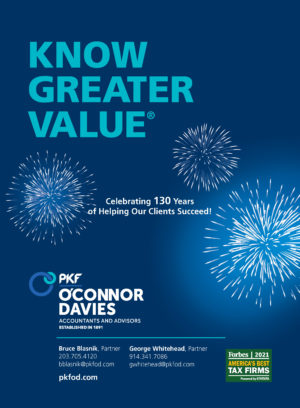
Belonging in the ring
Nir has four European Warmblood geldings — Bravo; Falkor, her riding horse; and Stellar and Trendy, whom she leases. She continues to compete at Old Salem Farm in North Salem and the Hampton Classic and in New Jersey, though competition takes a backseat to her day job.
“I used to be great,” she says. “Now I remember being great.”
She’s passing along those experiences to others. With GallopNYC — a nonprofit that offers horsemanship to New York riders, particularly the disabled, the at-risk, veterans and seniors — she plans to present the “Abilities Horse Show” at Old Salem Farm in September to give riders with disabilities a chance to shine in the ring. And she has a contract with Abrams for three children’s books on horses.
Yet for all her love of riding, the forthright Nir remains ambivalent about it:
“I don’t believe a horse is a willing partner in what we do but bred to be a complement. We spend a lot of time forcing a horse to do what we want. We owe them tremendous care.”

